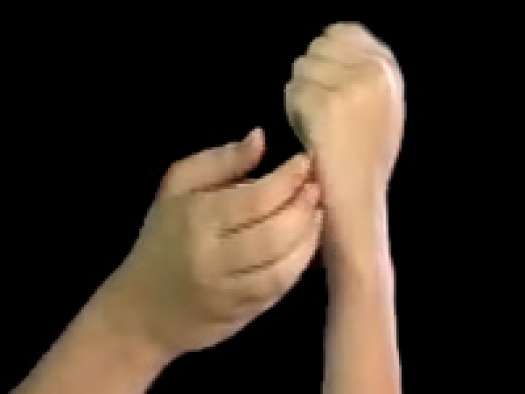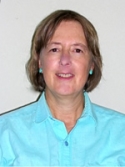tappinghands.jpg

Energy Psychology is an umbrella term that refers to techniques designed to heal physical, emotional or spiritual imbalances by correcting a person's "energy body" or "biofield." Various gateways in the body are accessed based on Chinese acupuncture meridian theory. Particular points on the meridians are tapped with fingertips or a light touch. A number of these different "tapping techniques" have been used by people around the globe to successfully eliminate phobias, traumatic feelings, negative thoughts and unwanted behavioral patterns.
The origin of these tapping techniques is attributed to Dr. Roger Callahan who discovered that tapping particular acupoints in a specific order could eliminate fears and phobias. He developed a system known as Thought Field Therapy in the early 1980s that focused on these tapping sequences, sometimes accompanied by specific eye movements. New therapies using similar sequences were soon developed, including EFT (Emotional Freedom Technique), NET (Neuro Emotional Technique), TAT (Tapas Acupressure Technique) and many others.
Tapping is a set of techniques which use the body's energy meridian points. It begins on the side of the hand at the karate chop point and continues in a specific sequence. Tapping the meridian points with your fingertips stimulates your body's energy and healing power.
Gary Craig studied TFT with Roger Callahan in the mid 1990's. Realizing that excellent results could be achieved with a very basic tapping sequence, Gary introduced a simplified version of meridian tapping to the world which became known as EFT or Emotional Freedom Technique. EFT is based on the fundamental belief that negative emotions result from a disruption to the body's energy system. By tapping points in a specific order while focusing on a particular painful feeling, belief or traumatic incident, these disruptions to the energy body can be corrected and lead to relief on physical, emotional and spiritual levels. After therapy, a person can still recall the incident or trauma, but the negative feelings surrounding it will be diminished.
Because of Gary's generosity and focus on making EFT available for anyone to use, EFT has become perhaps the most well known of all the meridian energy tapping techniques. The simple process outlined in EFT can be used by both therapists and individuals alike, with little training. Though now retired, Gary spent much of his career teaching others and spreading the word by offering free user manuals, tips and successful treatment strategies over the internet.
For more information, please visit the following web sites:
Emotional Freedom Techniques® (EFT) - a simple yet remarkable healing system that reduces the stress that underlies much disease.
The Tapping Solution - a documentary film that explores Emotional Freedom Techniques (EFT), a new discovery that combines ancient Chinese acupressure and modern psychology with startling results.
Tapping - a simple but effective technique somewhere in between hypnosis, meditation, and acupressure.
Tapas Acupressure Technique (TAT)® - a combination of placing your attention on a set of statements and touching a few specific acupuncture points on your face and at the back of your head.
Callahan Techniques® and Thought Field Therapy® - a highly effective, non-invasive, healthy self-help alternative to long-term, or drug related psychotherapy.


